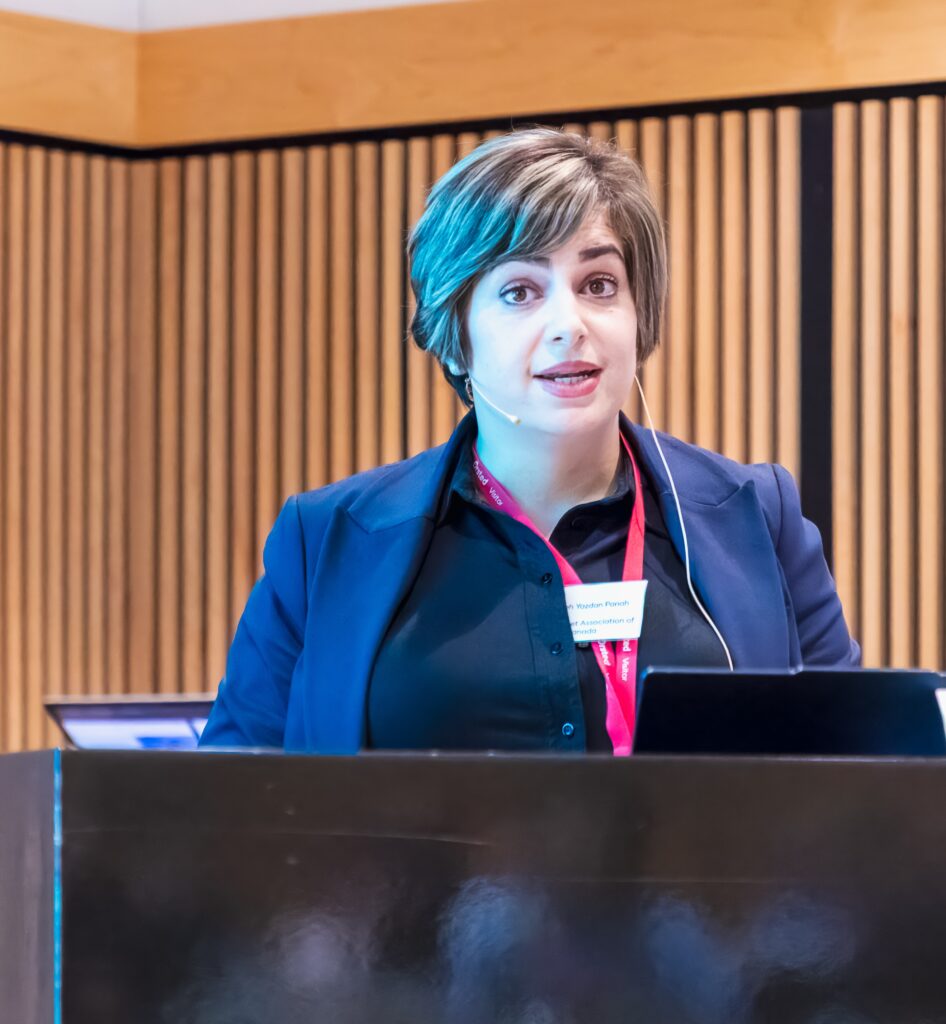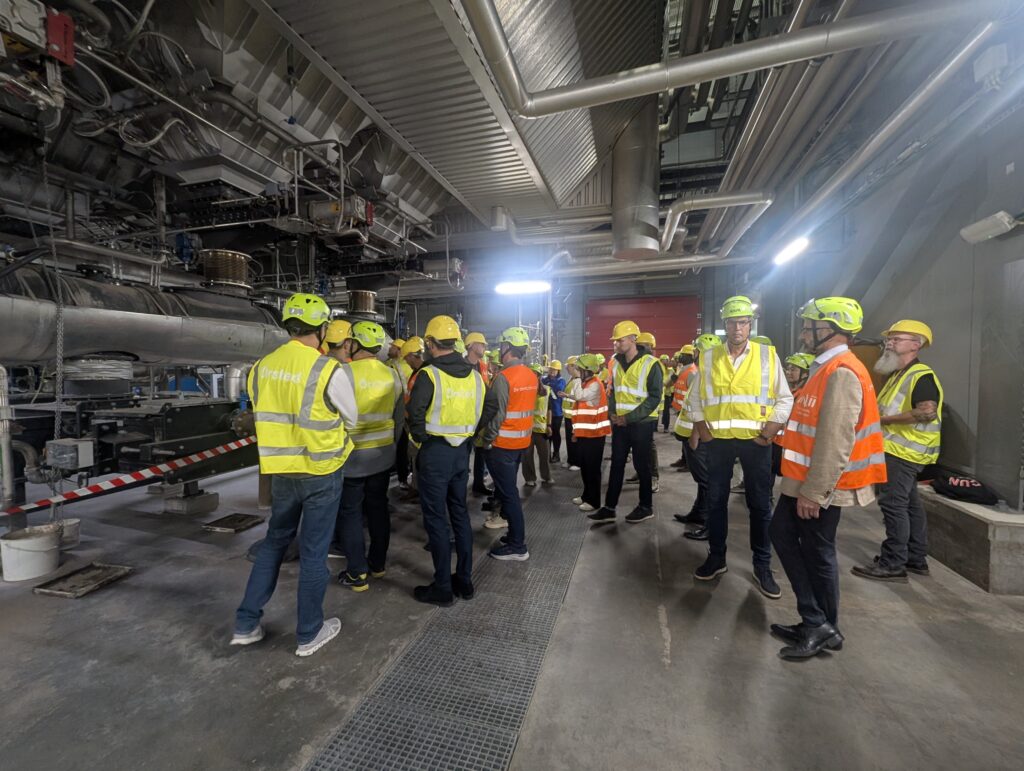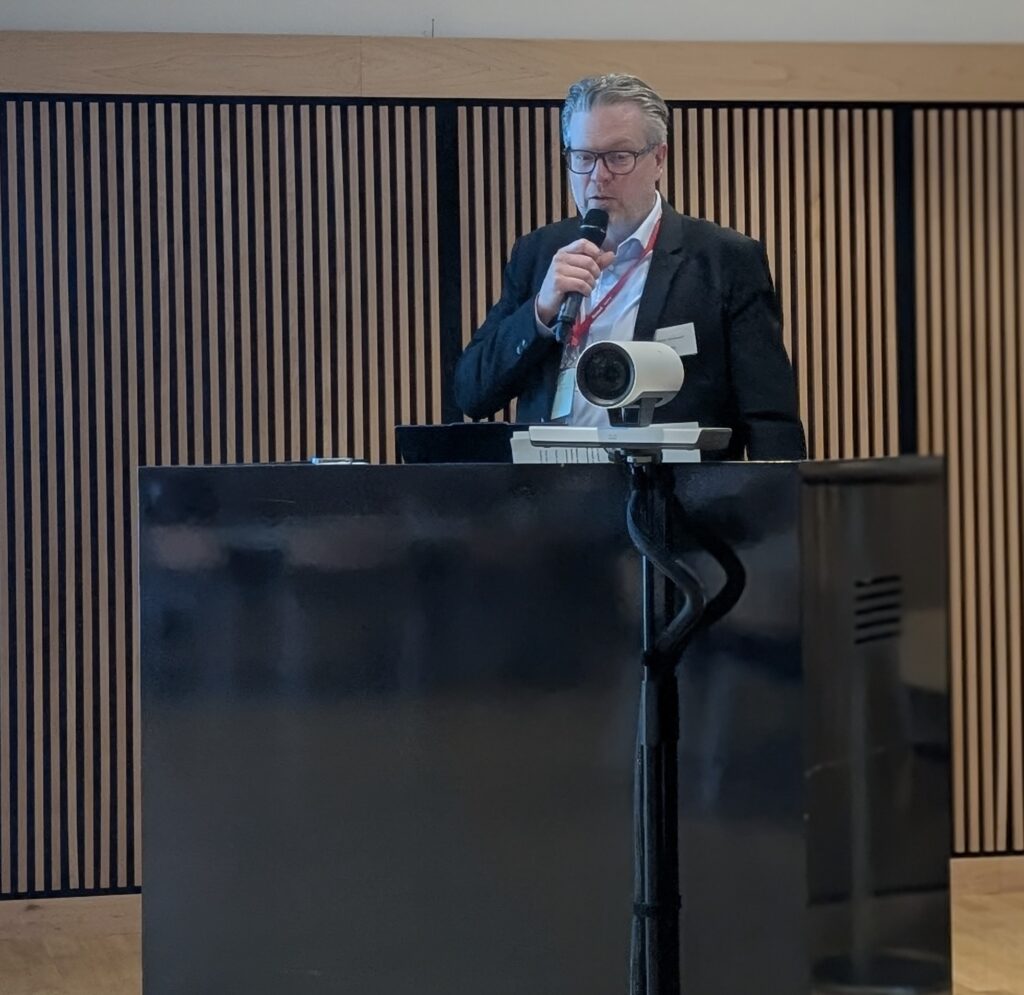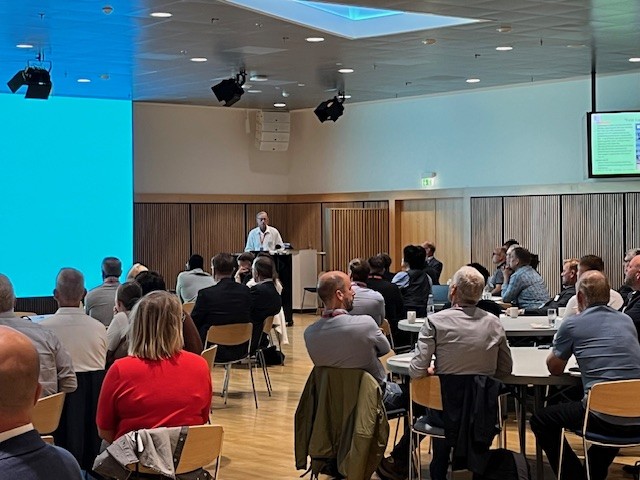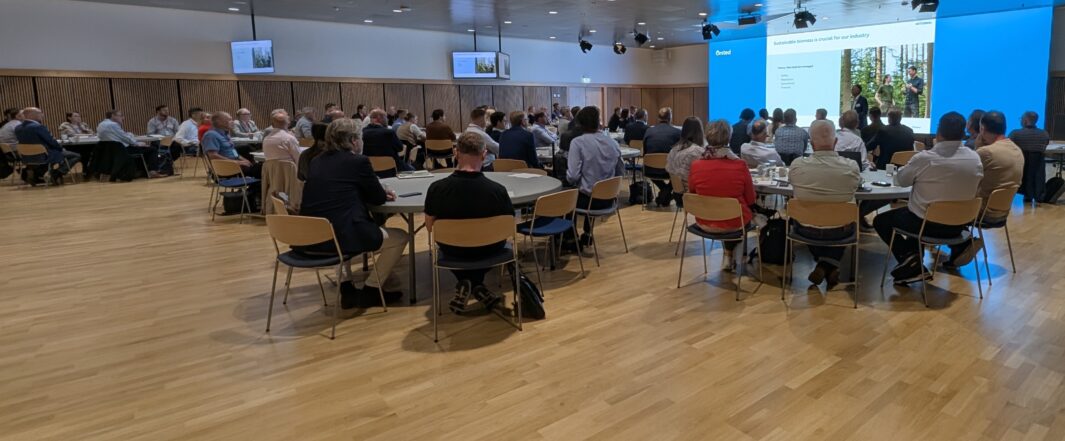Preventing, detecting and managing self-heating events in wood pellet storage is one of the major challenges of the biomass industry. In September, the Wood Pellet Association of Canada (WPAC), FutureMetrics and Ørsted collaborated to host a Safe Wood Pellet Storage Workshop in Copenhagen, Denmark, to address these challenges.
The two-day event kicked off with a half-day tour of Ørsted’s Bioenergy Carbon Capture and Storage (BECCS) installation at the Asnæs combined heat and power (CHP) plant. Attendees received a firsthand look at CHP technology and Ørsted’s approach to carbon capture, setting the stage for the technical discussions that followed.
The second day’s workshop included expert-led sessions focusing on real-world case studies, technical insights, and collaborative solutions. Highlights included:
Case Studies on Major Incidents
Jens Kai Holm, Chief Specialist, from Ørsted and William Strauss, President and Founder of FutureMetrics shared international accounts of runaway self-heating events, including the consequences of each event and the mitigation strategies and best practices derived from the experiences. These stories underscored the importance of proactive risk management and the consequences of delayed detection.
Technical Deep Dive
I explored the root causes of self-heating, from intrinsic factors like moisture content and particle size to operational influences such as cooling efficiency and storage design. My session distinguished between intrinsic contributors, moisture content, particle size distribution, and chemical composition and operational factors like cooling efficiency, storage practices, and transport conditions.
Minimizing Risk in Storage Facilities
Jens Kai Holm returned to discuss best practices for large-scale storage, including laboratory testing of pellet reactivity and silo design considerations.
Early Detection Techniques
Håkan Johansson, Division Manager – Senior Advisor at Firefly, presented advanced detection methods, including infrared monitoring, gas analysis, and spark detection systems, offering attendees practical tools to identify issues before they escalate.
Incident Response and Mitigation
William Strauss concluded with a critical session on what to do—and what to avoid—during a self-heating event. His guidance provided actionable strategies for emergency response.
Collaborative Innovation and Knowledge Sharing
The workshop concluded with an open forum focused on industry collaboration, reinforcing the importance of innovation and shared learning. Presenters like Lars T. Bloch, Plant Solution Manager of ANDRITZ, provided a summary of biomass pellet safety and Baldeep Kaur, Senior Lecturer from the Wolfson Centre for Bulk Solids Handling Technology at the University of Greenwich, discussed an experimental measurement technique for detecting self-heating.
Looking Ahead
The Safe Wood Pellet Storage Workshop is the first in a series of activities the group is planning to ensure continuity and build an international community committed to reducing risk and enhancing operational resilience. A similar workshop is being planned for Japan in March 2026.
In the spirit of sharing safety knowledge with everyone, the workshop presentations are available on pellet.org.
Special thanks to Firefly for sponsoring the event and to all speakers and attendees for their contributions to a safer future for wood pellet storage.
